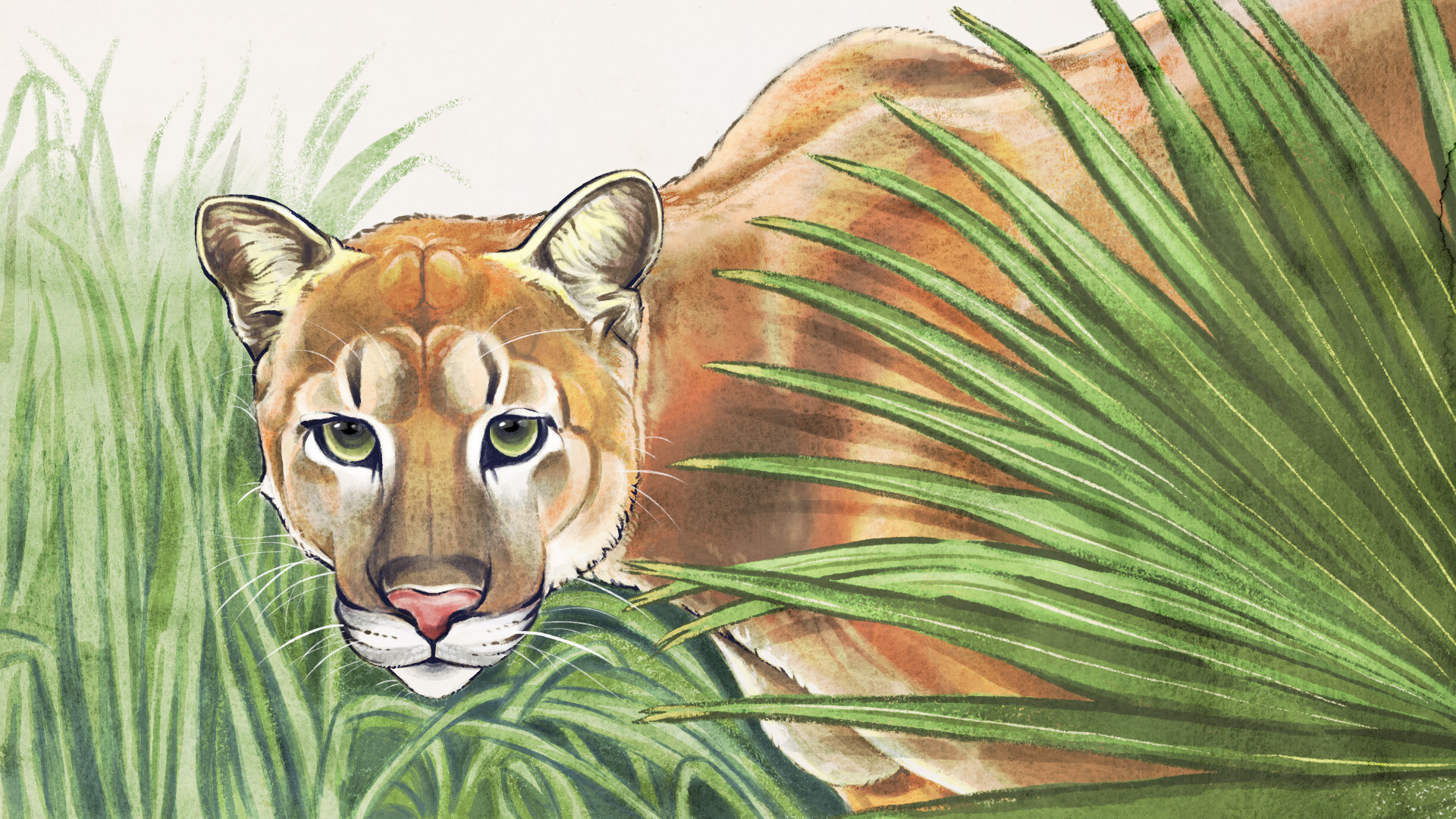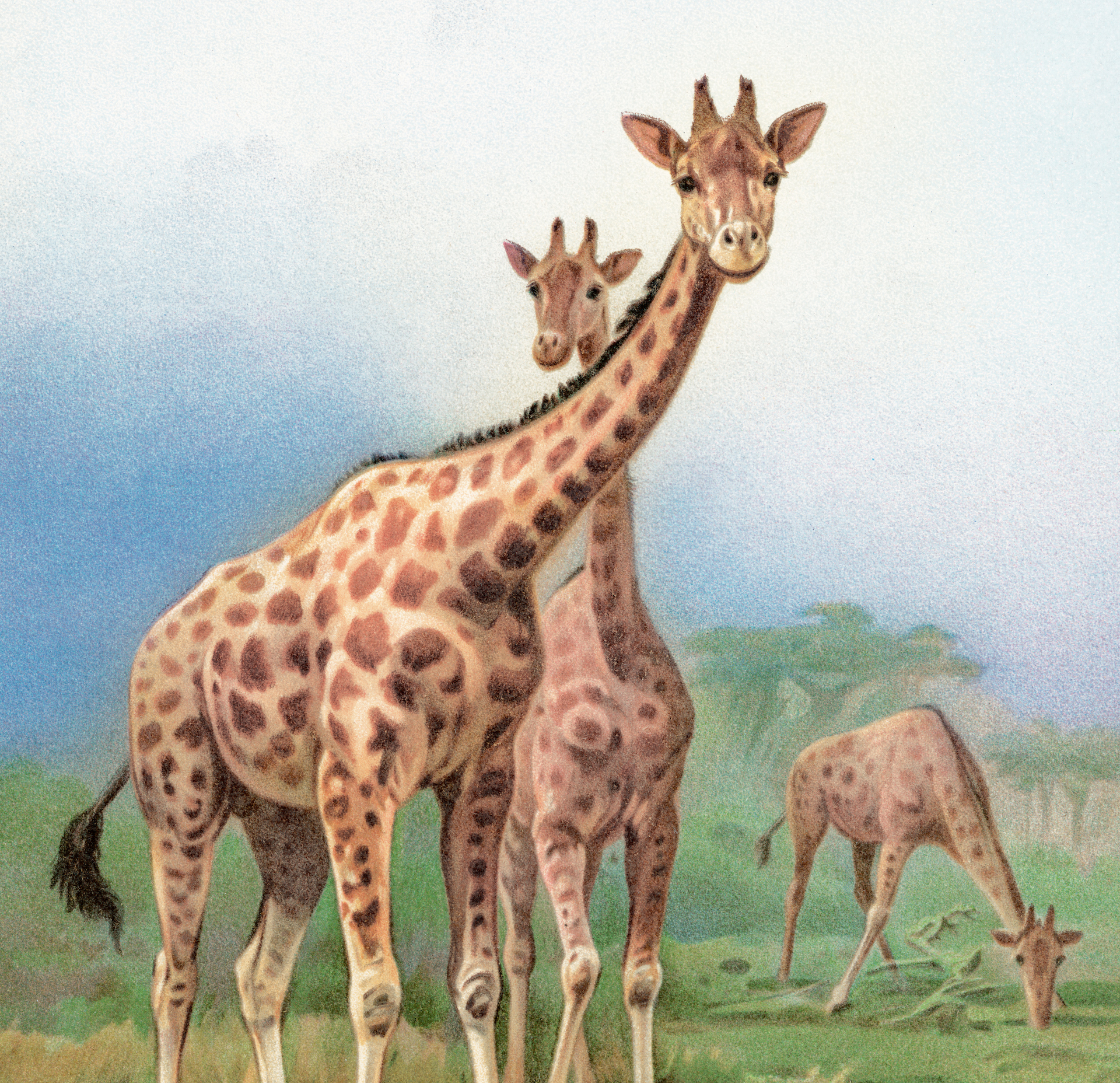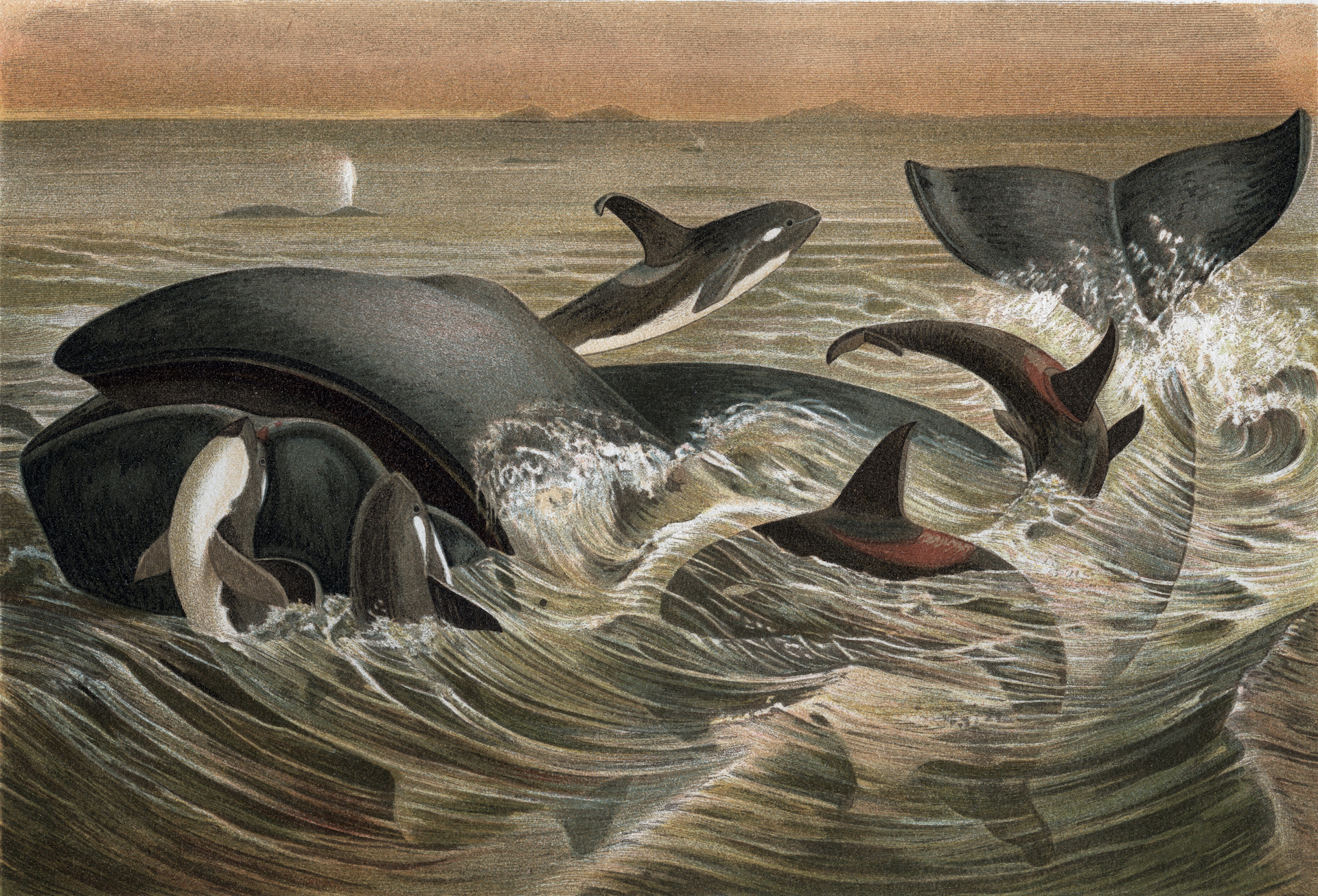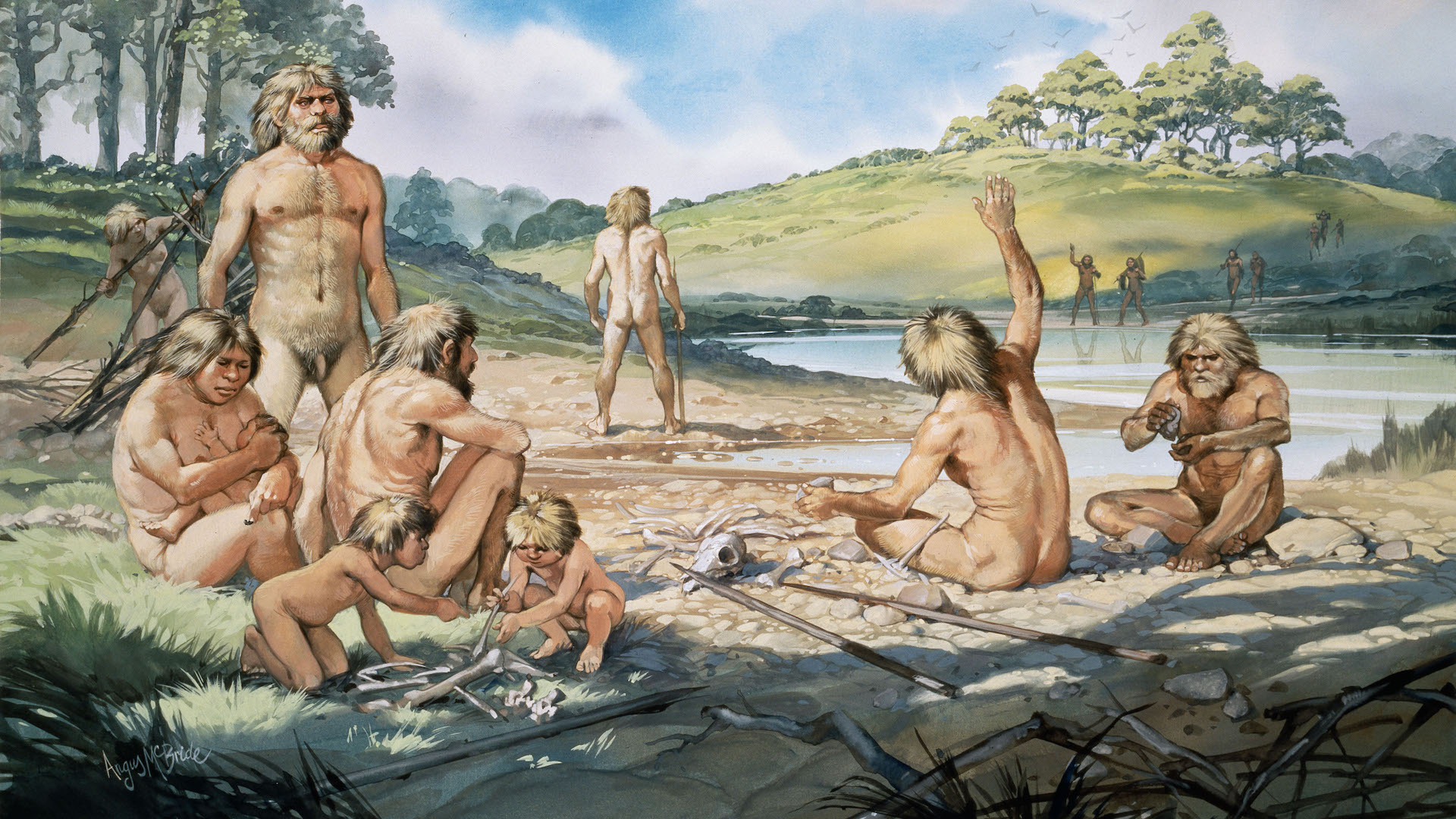
In 2016, scientists published a paper with a bold claim: that the giraffe, first described as a species by Swedish biologist Carl Linnaeus in 1758, might actually have been four species all along. Unlike Linneaus, the researchers had access to modern genetic tools, which revealed that giraffes fall into distinct clusters based on differences in their DNA, some of which are "larger than the differences between brown bears and polar bears," the authors said at the time.
The news sent ripples through the giraffe conservation community, which suddenly needed to protect four species instead of one. But from the start, there was disagreement about this new classification, and even today, the International Union for Conservation of Nature — an organization that oversees the listing of threatened and endangered species — lists the giraffe as a single species, Giraffa camelopardalis, with nine subspecies.
The dustup and others like it highlight the "species problem," a fundamental uncertainty over how we parse organisms, and it continues to rile biologists the world over.
Arguments often hinge on decades-old definitions. In 1942, biologist Ernst Mayr coined what is perhaps the most enduring one: the biological species concept, which labels two organisms as different species if they cannot reproduce and create fertile offspring. Researchers have since established definitions on the basis of shared ancestry (the phylogenetic species concept), physical features (the morphological species concept), or shared ecology (the ecological species concept), wherein species diverge as they take over different niches in their environment. In all, there are at least 16 species definitions, and potentially as many as 32, circulating among scientists today.
No definition seems to be without exception, however. There are species in which individuals look very different from one another, as well as "cryptic species" that appear identical but are genetically distinct. Hybridization is also common, leading to animals like the liger (a lion-tiger hybrid) and the beefalo (a cross between domestic cattle and the American bison). Evidence even suggests that humans once bred with two other ancient hominins that are usually considered separate species, the Neanderthals and the Denisovans, suggesting they might not have been so different from us after all.
Related: 'More Neanderthal than human': How your health may depend on DNA from our long-lost ancestors

"Some of the rules that we set don't work, and it gets quite messy sometimes," Jordan Casey, a marine molecular ecologist at the University of Texas at Austin Marine Science Institute, told Live Science. "Humans inherently want to put order on things, and even I have to make a lot of decisions about whether I'm just seeing diversity between individuals or trying to bend things needlessly into different species."
But pinning down the definition of a species isn't just an academic exercise — many of the world's conservation policies are structured around species as the de facto unit of conservation. Ultimately, it poses more existential questions as well. If there are four species of giraffe, after all, does it really matter if one goes extinct?
To answer these questions, groups are now coming together to establish guidelines for how species should be named and ordered across the tree of life and how to handle disputes when they arise. Indeed, coming up with a working list of agreed-upon rules is crucial, even if it's not perfect, biologists say.
"It gets quite messy"
The concept of a species is an ancient one. In 343 B.C., for instance, Aristotle wrote "History of Animals," in which he described differences between individual animals as well as between groups.
But it wasn't until the mid-1700s that the concept of taxonomy — the formal classification of living things — truly took off and was turned into an official discipline by Linnaeus. Taxonomy blossomed for a time as scientists across the globe began naming new species, but as the field and related ones advanced, conflicts inevitably emerged.
Scientists have officially described around 2 million species, and others are constantly being added or reclassified based on new evidence. Even for large, seemingly well-studied animals, adjustments are fairly common, and iconic animals like the giraffe, African elephant and orca have come under review.
The problem is that scientists can't agree on a universal definition that can classify organisms as diverse and dissimilar as mammals, birds, fish, plants and bacteria. Still others argue whether such an exercise is even useful, noting that scientists have carried on in the absence of consensus for centuries and will still need to do so as the world's creatures are lost at a staggering rate.

"We're losing things before we even have a name on them, and so we absolutely need to keep pushing in order to advance our conservation goals," Terry Gosliner, an evolutionary biologist and taxonomist at the California Academy of Sciences who has discovered thousands of species over his decades-long career, told Live Science. "But in some cases, we also need to set aside the question of what a species is in order to move forward in meaningful ways."
Today's scientists are tackling the species problem in different ways. Some are attempting to reconcile existing definitions with modern methods, such as by rebranding Mayr's biological species concept as the genetic species concept, which still suggests an inability to reproduce but links the mechanism specifically to genetic incompatibility.
There are many concepts in science that lack a unified meaning, and we still manage just fine in that space of uncertainty.
Yuichi Amitani, University of Aizu
Others continue to develop new ideas. Jeannette Whitton, an evolutionary biologist at the University of British Columbia, codeveloped the retrospective reproductive community concept. Rather than adopting a strict definition, this concept encourages scientists to embrace uncertainty and acknowledge that speciation is a continuous process — that organisms we observe today were shaped by past forces.
Taking this holistic view, which incorporates facets of several existing definitions, means that scientists can still make predictions or explain natural phenomena even in the absence of a clear definition. Whitton told Live Science it took her and a colleague seven years to settle on the final language, in part because of how challenging it was to reconcile their own conflicting ideas.
Still others have argued for setting the species problem aside, noting that the question itself might be a distraction. Yuichi Amitani, a senior associate professor of biology at the University of Aizu in Japan, noted in 2022 that scientists' fears that a lack of consensus would lead to communication breakdowns and make it impossible to compare research have not come to pass.
"There are many concepts in science that lack a unified meaning, and we still manage just fine in that space of uncertainty," he told Live Science, adding that there seems to be something about the idea of a species "that excites such a strong emotional reaction."

Confronting "taxonomy anarchy"
In many ways, conservation is where those emotions boil over, with fierce debates playing out in the scientific literature. In 2017, Leslie Christidis, a taxonomist at Southern Cross University in Australia, argued in a paper that biology's ongoing explosion of newly described species — what he dubbed "taxonomy anarchy" — was making it challenging for conservationists to direct resources or rally support.
Christidis told Live Science that this idea was indeed contentious, prompting more than 180 scientists to cosign a public rebuke. But Christidis insists he never meant to suggest that taxonomy has no place in conservation. Instead, he said, he was advocating for a unified framework for naming new species and managing disputes.
Indeed, as scientists develop more sophisticated tools that combine taxonomy with genomics, tagging studies, modeling and even machine learning, it's clear that the optimal solution likely isn't a one-size-fits-all definition.
It's not even true that probing for new species inevitably leads to more species. When Thomas Near, an evolutionary biologist at Yale University, investigates the evolutionary histories of fish, he often finds that separate species, including several popular sport fish, are in fact the same.
"We have to let the science lead us where it will, and that's not always necessarily to more species," Near told Live Science.
Working groups are now attempting to establish new guidelines. The Catalogue of Life, for example, is developing rules for naming within each kingdom of life, while other groups are carving out even smaller pieces of the puzzle. The World Register of Marine Species is tracking marine species, while the Cat Specialist Group is reassessing the taxonomy of the world's felids.
Christidis is leading an effort to merge three existing lists of bird species and hopes to release a report later this year. After a controversial 2016 paper doubled the number of bird species based on a new definition, the field was clearly due for a reckoning, he said. Fortunately, the group's efforts are revealing that "it is often possible to reach consensus — if not universal agreement — once all of the evidence has been presented," he said. From there, it's easier to make judgments on which species are most in need of protection.
"As scientists, we all want to protect our biodiversity," Christidis said, "and I think starting from that shared ground has helped tremendously."







